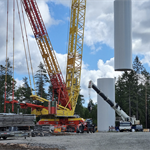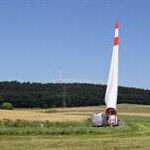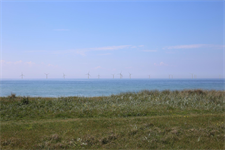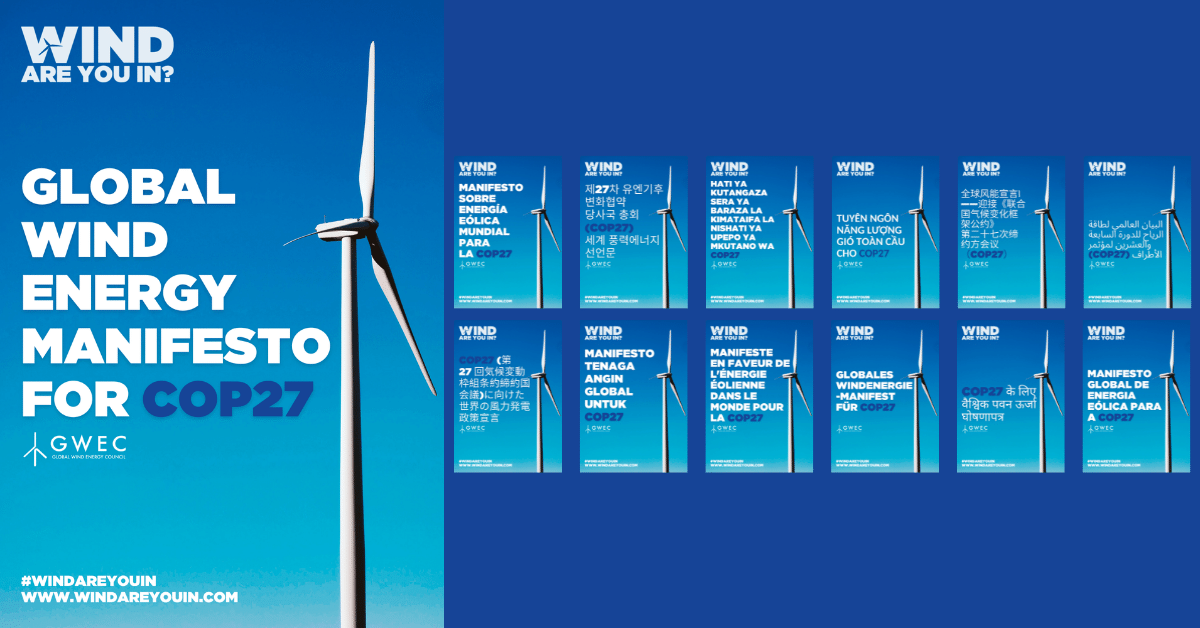SGRE climate targets align with 1.5C Paris pact
Energy Disrupter

Independent scientists have verified that Siemens Gamesa Renewable Energy’s (SGRE) climate targets are consistent with the most ambitious goal of the Paris Climate Agreement.
The turbine manufacturer became carbon neutral in late 2019 and is aiming to hit further emissions reductions goals by 2025.
By the middle of the decade, SGRE aims to:
- Reduce scope 1 (direct emissions from activities under their control) and scope 2 (indirect emissions from electricity purchased) greenhouse gas emissions by 70% per MW installed, from a 2017 baseline;
- Increase annual sourcing of renewable electricity to 100%, up from 58% in 2017;
- Ensure at least 30% of what it spends on goods, transportation and distribution services goes to suppliers backed by science-based targets.
Its goals have now been confirmed as being consistent with limiting global warming to 1.5C above pre-industrial levels by the science-based targets initiative (SBTi). Earlier this year, the SBTi’s team of independent scientists approved rival OEM Vestas’ targets.
SBTi is a collaboration between CDP, the United Nations Global Compact, World Resources Institute (WRI) and the World Wide Fund for Nature (WWF).
Despite becoming carbon neutral – meaning it made or caused no net release of CO2 into the atmosphere – late last year, SGRE stated that it still needs to do more to improve its impact on the environment. The company confirmed it achieved this, at least in part, through the use of offsetting.
It runs entirely on green electricity in Spain, Denmark, Germany and the UK – countries where the company has a strong manufacturing footprint – but the company stated it needs to procure more renewable electricity as it expands globally.
The company also stated that electrifying factory equipment makes it easier to decarbonise. To date, it has done this for more than 75% of that equipment, it added.
More than 80% of SGRE’s carbon footprint in turbines is in its supply chain, so it also needs to encourage scope 3 (all other indirect emissions) emissions reductions. Last yar, the company launched a supply chain development program to increase collaboration with tower suppliers.
Dietmar Dresp, Siemens Gamesa’s chief procurement officer, siad: “We are looking to engage more intentionally with our various supply chain actors around climate topics”
The company stated that it is also looking at issues including decommissioning of wind turbines and recycling of components with its suppliers, customers, competitors, industry associations and research institutions.
While SGRE achieved carbon neutrality late last year, rival manufacturers Vestas aims to reach this goal without the use of offsetting by 2030, and GE hopes to achieve this by the end of 2020.
Developer Ørsted is planning to reduce its CO2 emissions by 98% in 2025 compared to 2006 levels. Earlier this year Equinor launched new ambitions to reduce the greenhouse gas emissions from its oil plants in Norway to near zero by 2050. Spanish giant Iberdrola pledged in 2017 to be carbon neutral by 2050.
Blade supplier LM Wind Power achieved carbon neutrality in 2018, becoming the first wind power company to do so.















